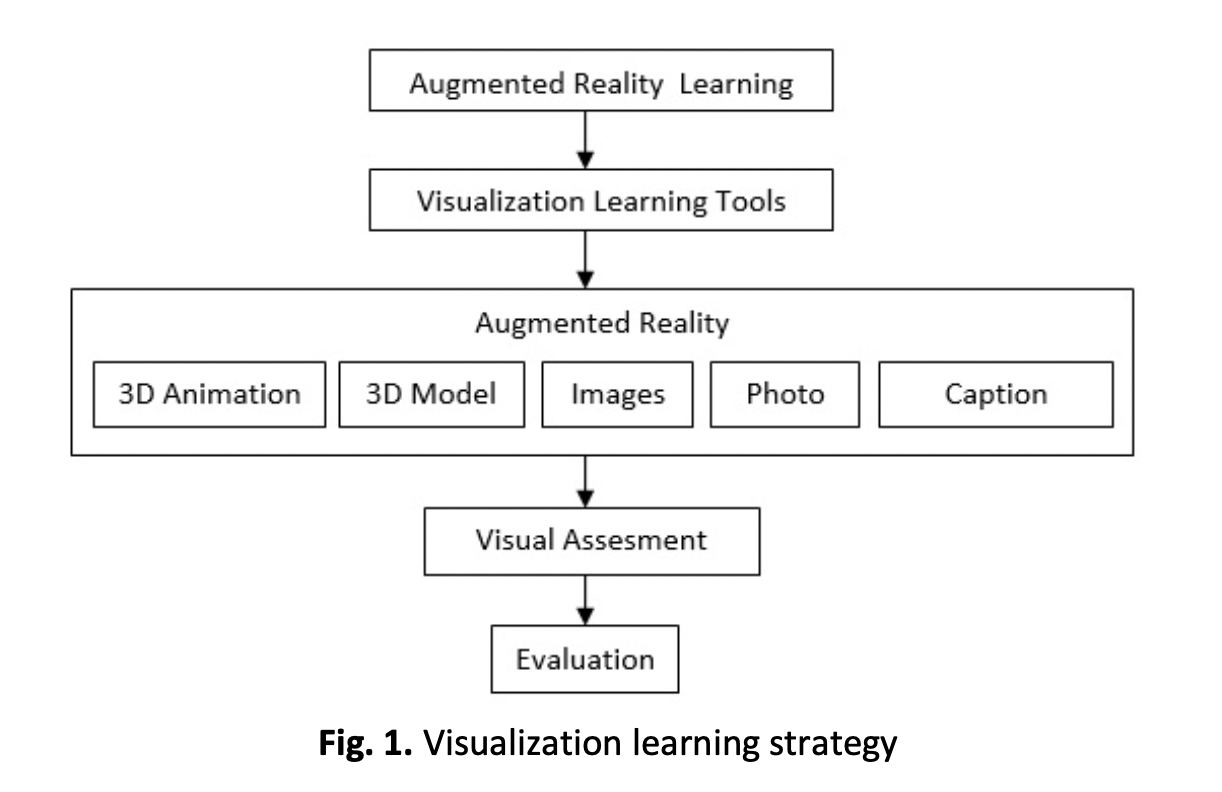Incorporating Spatial-Visual Topology In Mobile Augmented Reality Application To Enhance Visual Realism
DOI:
https://doi.org/10.37934/araset.30.2.176189Keywords:
Mobile augmented reality, spatial visualization ability, visual realism, visual learningAbstract
Augmented Reality (AR) advancements on mobile devices which have seen now overgrowing, mirrored in the increased use of portable handheld devices referring to mobile phones and tablets in recent years which led to a sub-set of AR: mobile ARs (MAR). Nevertheless, in MAR, research is still lacking, especially research that focuses on implementing instructional based MAR application with appropriate degree of visual realism to support Spatial Visualization Ability (SVA). Thus, this paper provides an overview of implementation visual realism degree incorporate with Spatial-Visual Topology (SVT) in MAR application. First, we outline two main visual realism degree that applicable to implement in MAR application, which is Physical Realism (PR) and Functional Realism (FR). Then, we identify and applied appropriate SVT in each visual realism degree that offers important insights into the development of MAR application. We then discuss the advantages and drawbacks of each SVT and draw up an evaluation among the different visual realism degree and SVT. The paper provides an overview to propose new insight of design and developing instructional based MAR application to support SVA. Finally, the aim of this paper is to provide researchers with valuable understanding in implementation visual realism degree in MAR application and SVT concept to support SVA.
Downloads


























